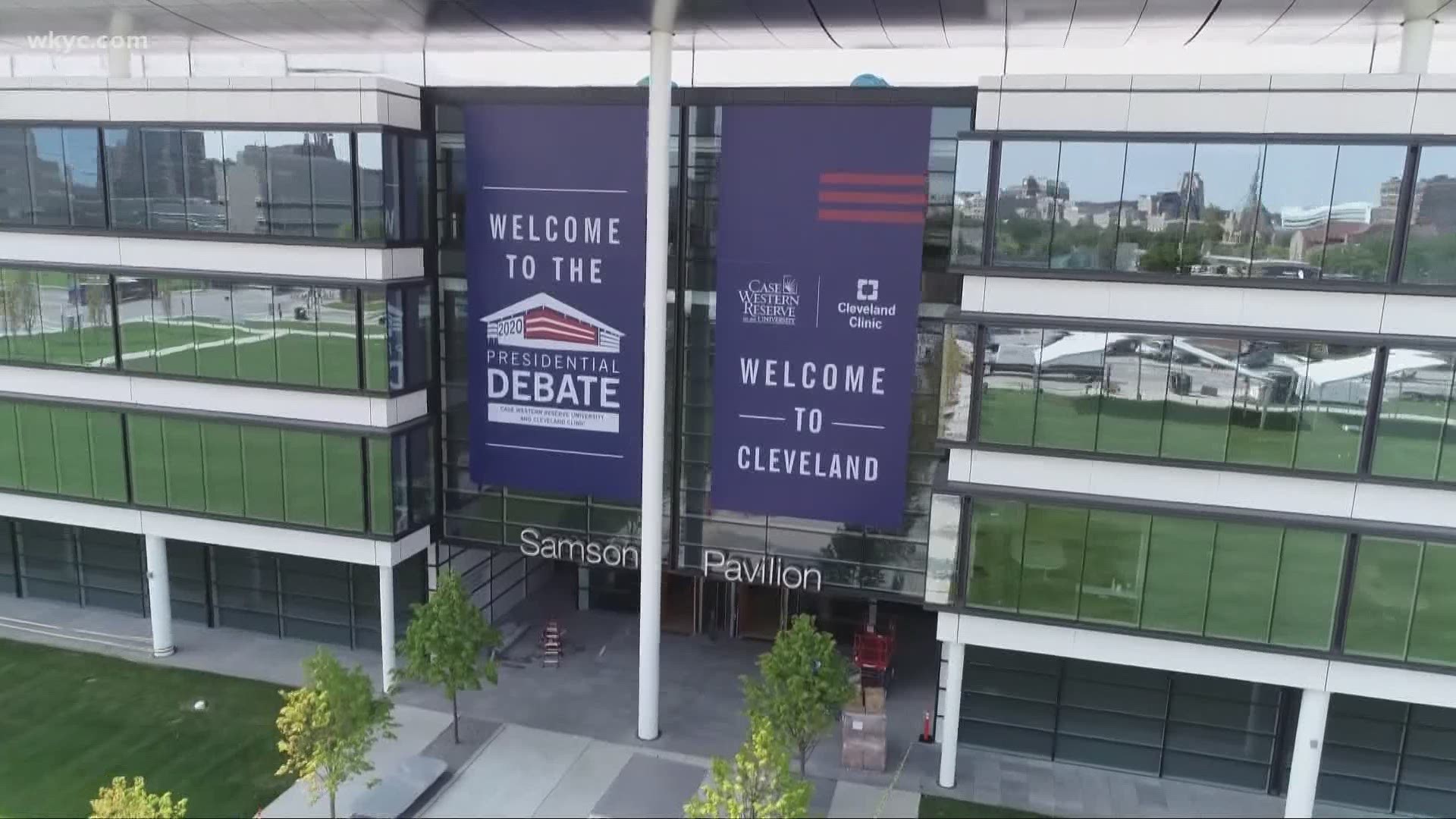CLEVELAND — As the first presidential debate in Cleveland draws near, the issue of health care is expected to take center stage when the candidates face off Tuesday at the Case Western Reserve University/Cleveland Clinic Samson Pavilion.
But surrounding the Clinic's gleaming campus is the Fairfax neighborhood, where many don't have access to health care from the world-class hospital.
"We know that in the shadow of the most excellent institution in the United States of America, and maybe the world, we still have a lower life expectancy in the Woodland Hills and Fairfax neighborhoods, and Hough neighborhood, than some of our suburban counterparts," Ward 6 City Councilman Blaine Griffin said.
According to the Ohio Department of Minority Health, African-American babies in Cleveland are 42% more likely to die by their first birthday than white babies. The disparities are also seen in the COVID-19 pandemic, where Blacks make up 15% of the population in Summit County, but are 24% of virus patients.
"We understand at the Cleveland Clinic it's our role and our responsibility to play a role in improving the health of the community," said Dr. Charles Modlin, Cleveland Clinic urologist and founder of the Minority Men's Health Center, which sponsors free health services for the community including its annual Minority Men's Health Fair. Modlin is optimistic about work to level the health care playing field.
"First thing we need to recognize that these health care disparities exist, recognize that everyone can play a role in terms of improving these health disparities," he said. "I think for one, everyone should have access to quality health care."
The relationship between the Clinic and the Fairfax neighborhood has been strained over the years, as the hospital continues to gobble up parcels of the neighborhood where third and fourth generations have lived.
There's no doubt that the Clinic is an economic force, as Northeast Ohio's largest employer and Ohio's second largest employer, which provided a $17.8-billion dollar impact on state and local economies in 2016, according to the Cleveland Clinic. The challenge is making sure that everyone feels that impact, according to Griffin.
"This is an opportunity to talk about how we are changing the narrative in working with the Clinic to make more community investments," he said.

